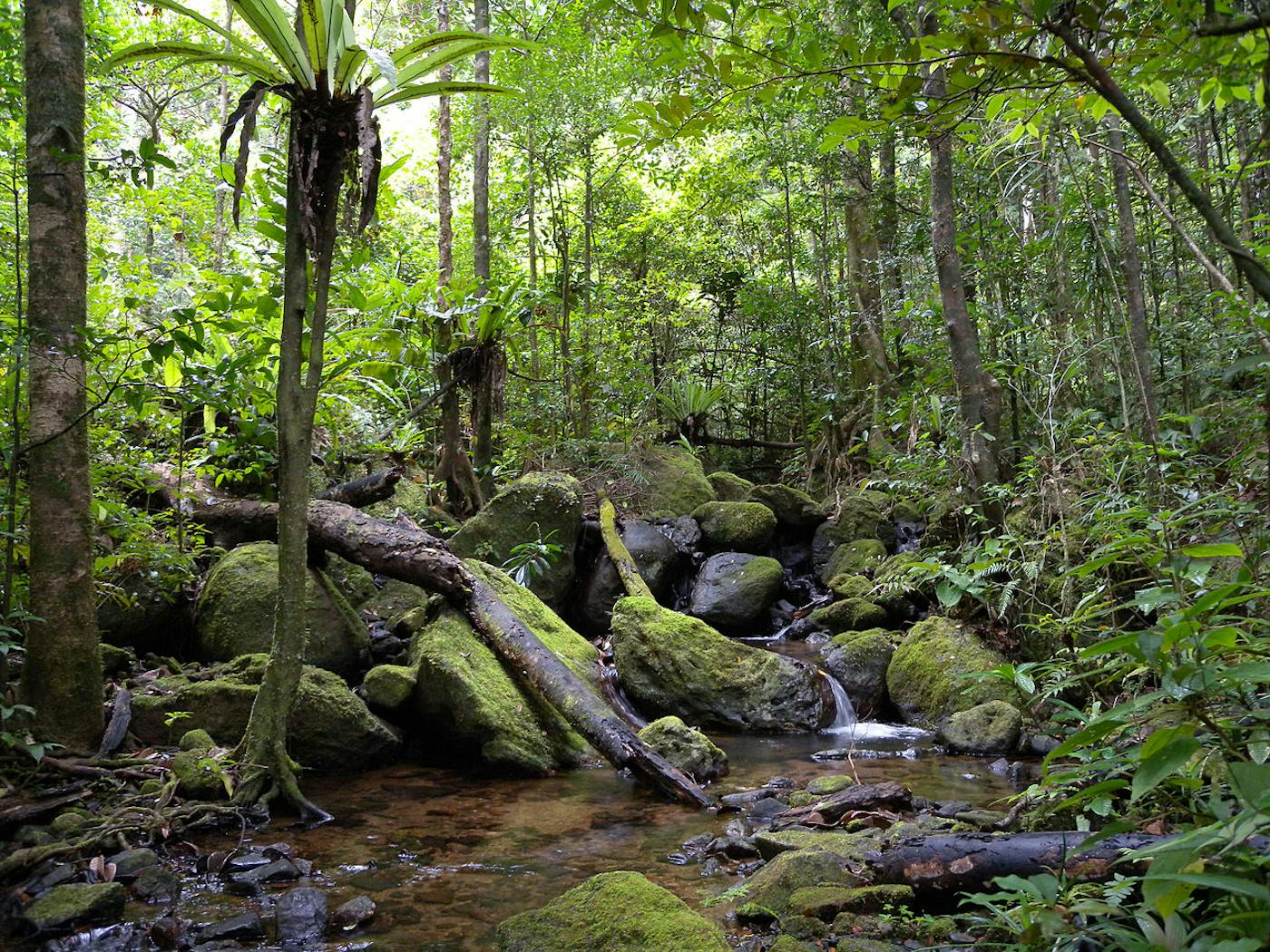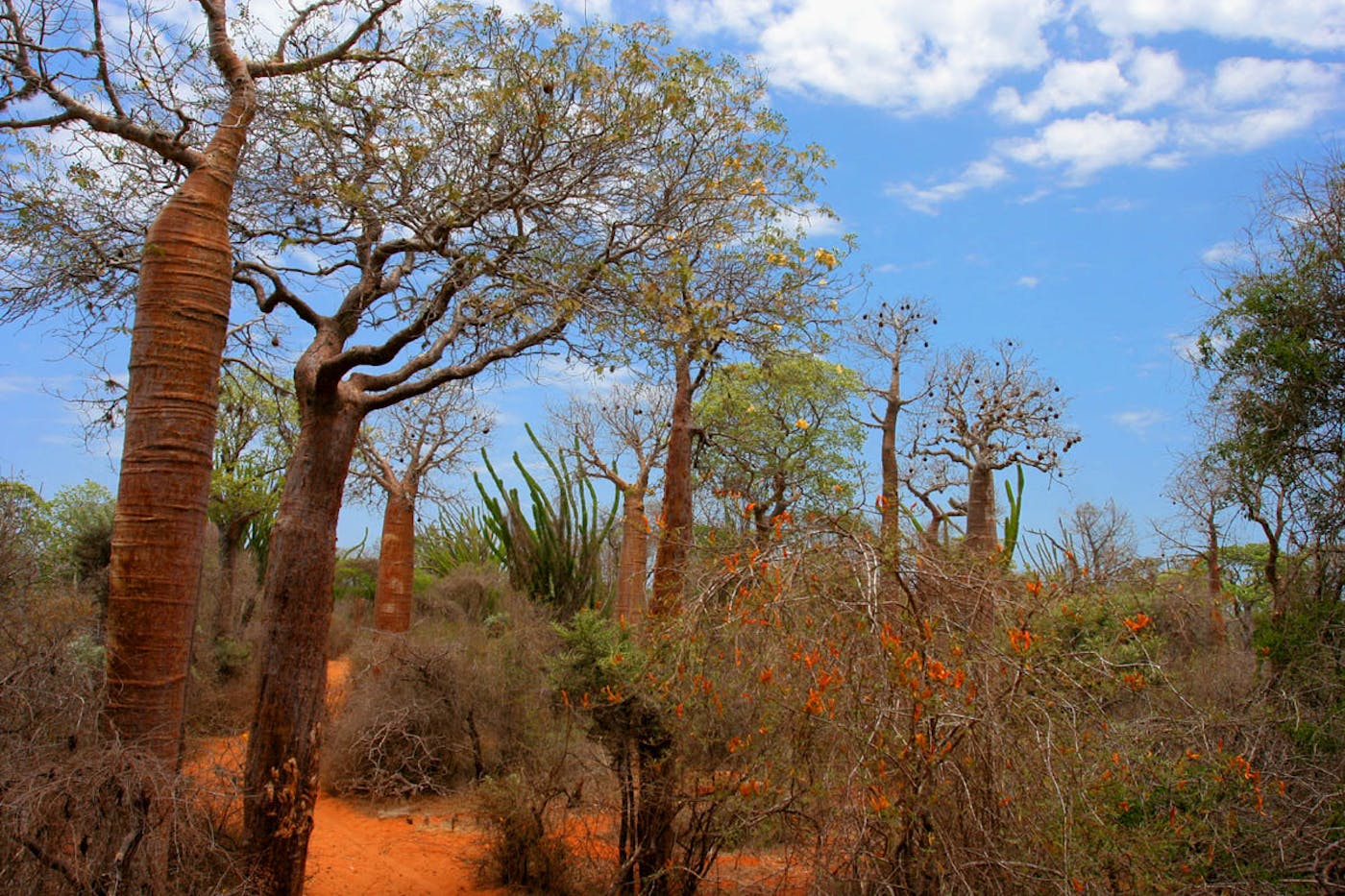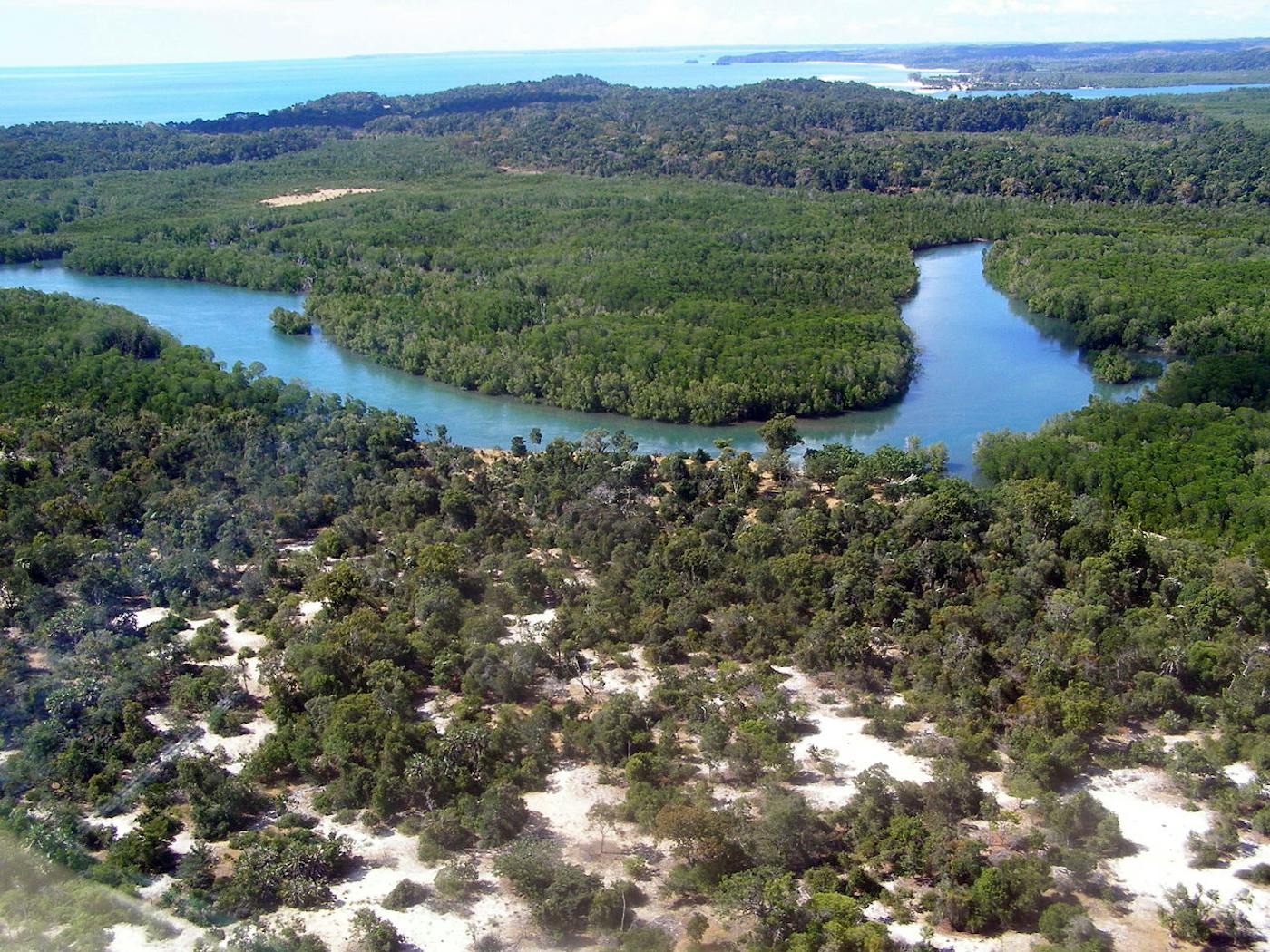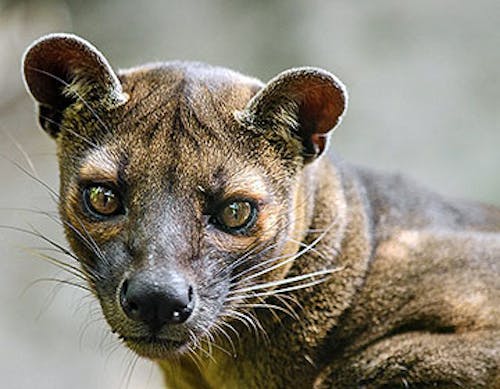Madagascar Island bioregion
The bioregion’s land area is provided in units of 1,000 hectares. The conservation target is the combined Global Safety Net (GSN1) areas for the component ecoregions. The protection level indicates the percentage of the GSN goal that is currently protected on a scale of 0-10. N/A means data is not available at this time.
The Madagascar bioregion, part of the Madagascar & Eastern Afrotropics subrealm located in the Afrotropics realm, is separated from the African continent by the Mozambique Channel dominated by humid tropical forests in the east, drylands in the south, and dry forests in the north.
The bioregion contains eight ecoregions—Madagascar Humid Forests (17), Madagascar Subhumid Forests (18), Madagascar Dry Deciduous Forests (32), Madagascar Ericoid Thickets (83), Ile Europa and Bassas Da India Xeric Scrub (96), Madagascar Spiny Thickets (99), Madagascar Succulent Woodlands (100), Madagascar Mangroves (114)—with a total land area of more than 59 million hectares, making it the fourth largest island in the world.
Due to the island’s physical isolation, it shelters extraordinary biodiversity with nearly 15,000 plant species, four-fifths of which are found nowhere else on Earth. It also has 300 bird and 260 reptile species, the majority of which are endemic. The lemur is the keystone mammal of the island, with over 100 species recorded.
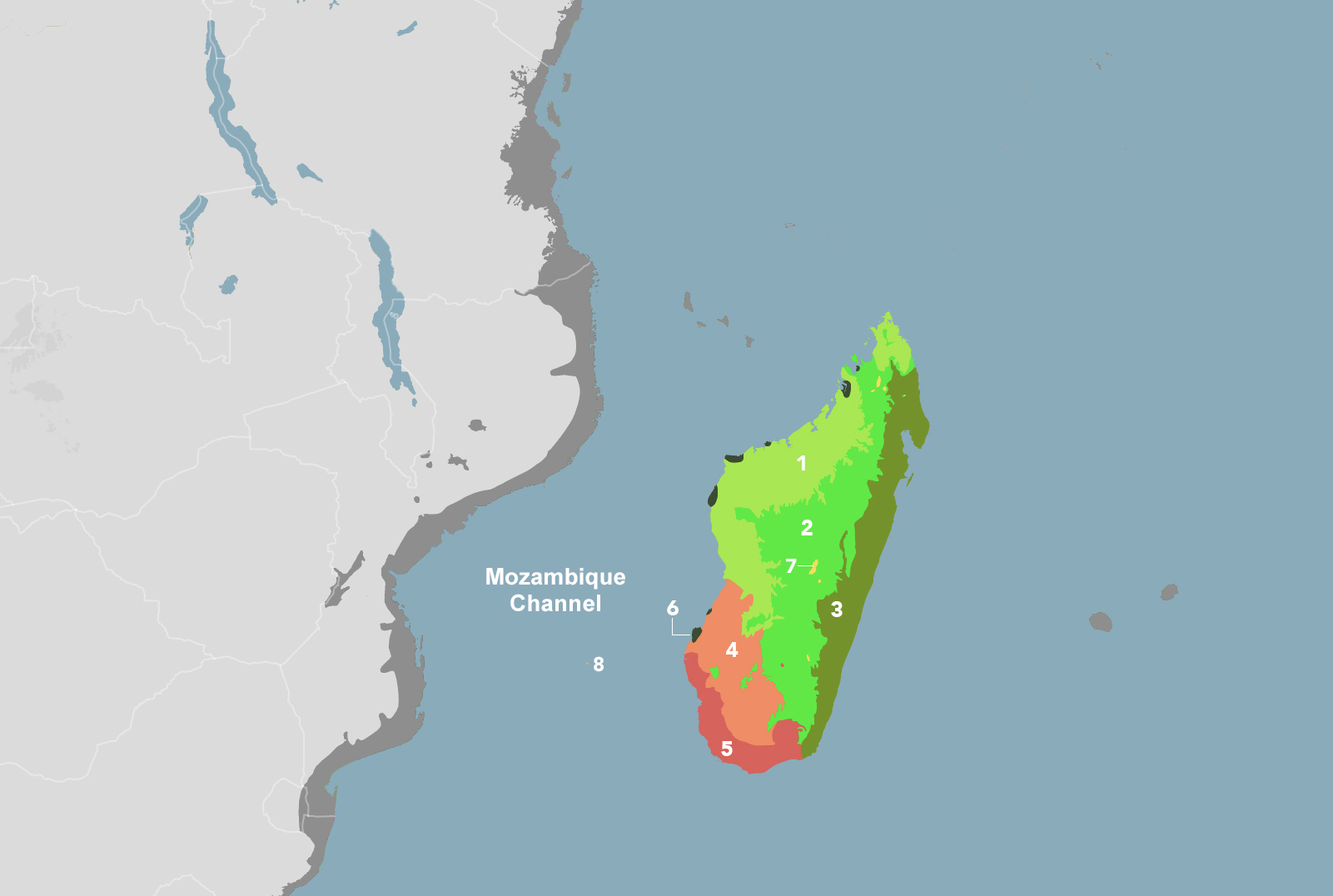
The Madagascar bioregion is part of the Madagascar & Eastern Afrotropics subrealm and is made up of eight ecoregions: Madagascar Dry Deciduous Forests [1], Madagascar Subhumid Forests [2], Madagascar Humid Forests [3], Madagascar Succulent Woodlands [4], Madagascar Spiny Thickets [5], Madagascar Mangroves [6], Madagascar Ericoid Thickets [7], Ile Europa and Bassas Da India Xeric Scrub [8].
Learn more about each of the Madagascar Island ecoregions below.

Explore the Bioregions
Want to learn more about the fascinating species, diverse ecosystems, and natural wonders of the Earth? Click the button below to launch One Earth's interactive navigator and discover your Bioregion!
LAUNCH NAVIGATOR